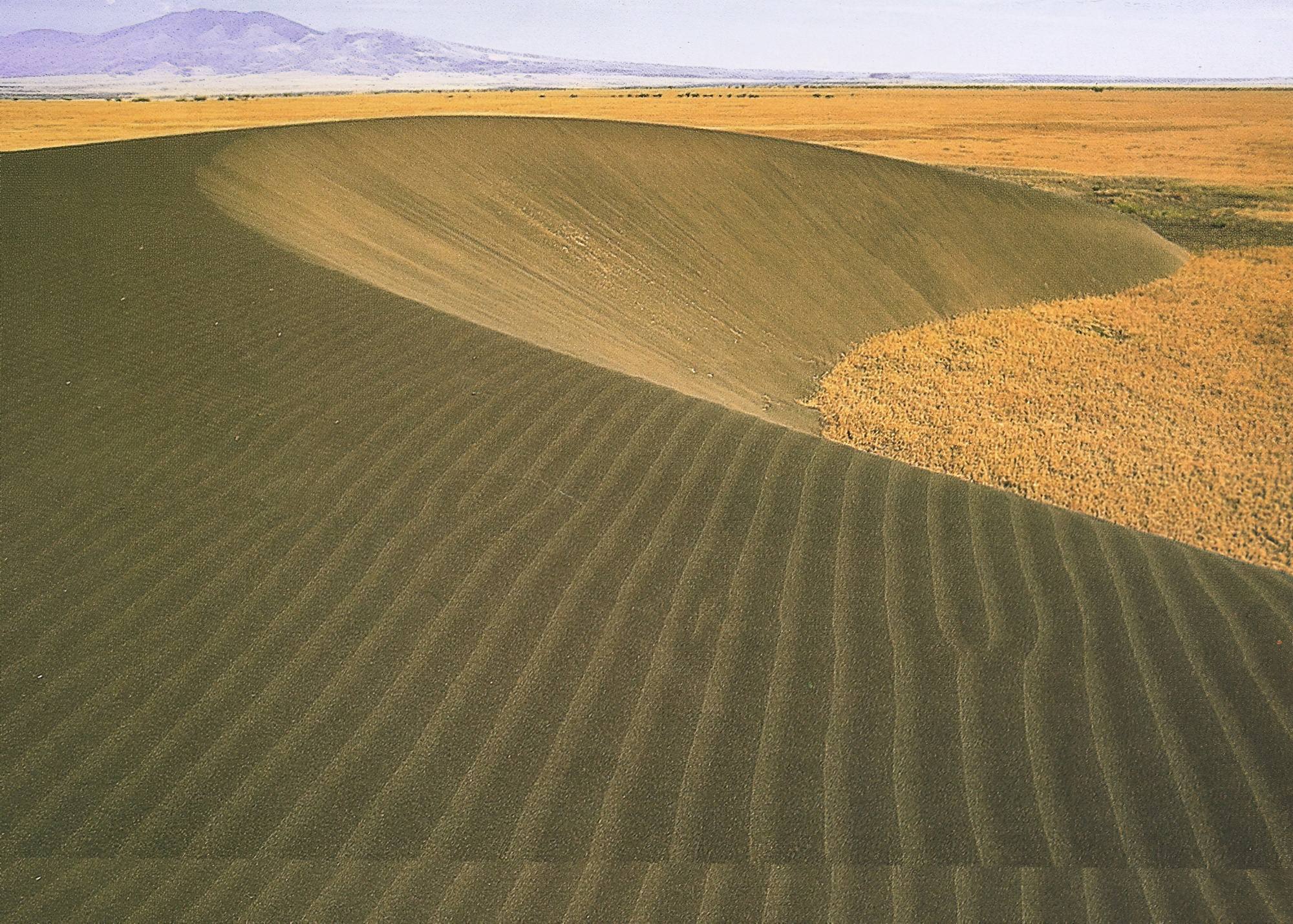The Shifting Sands of Reminiscence: Exploring the Setting of When Marnie Was There
Associated Articles: The Shifting Sands of Reminiscence: Exploring the Setting of When Marnie Was There
Introduction
With nice pleasure, we’ll discover the intriguing matter associated to The Shifting Sands of Reminiscence: Exploring the Setting of When Marnie Was There. Let’s weave attention-grabbing data and supply recent views to the readers.
Desk of Content material
The Shifting Sands of Reminiscence: Exploring the Setting of When Marnie Was There

Studio Ghibli’s When Marnie Was There (思い出のマーニー, Omoide no Mānī) is not only a superbly animated movie; it is a poignant exploration of reminiscence, identification, and the ability of place. The movie’s setting, a distant, marshy coastal area of Hokkaido, Japan, is way over only a backdrop. It is a character in its personal proper, subtly influencing the narrative and deeply impacting the emotional journey of its protagonist, Anna. This essay will delve into the multifaceted position of the setting in When Marnie Was There, analyzing how its visible parts, atmospheric qualities, and symbolic significance contribute to the movie’s total impression.
The movie’s opening establishes a stark distinction: the bustling, trendy metropolis life Anna is accustomed to versus the remoted, seemingly timeless panorama of Hokkaido. Anna, a troubled younger woman vulnerable to bronchial asthma assaults and battling emotions of abandonment, is shipped to dwell with kinfolk in a small village on the coast. This instant juxtaposition highlights the transformative potential of the setting. The town, with its concrete constructions and hurried tempo, represents the anxieties and uncertainties of Anna’s life. In distinction, the marshland, with its slow-moving waters and expansive skies, presents an area for reflection, therapeutic, and the uncovering of hidden truths.
The visible illustration of the marshland is meticulously crafted. The muted coloration palette, dominated by blues, greens, and browns, displays the melancholic tone of the story. The huge, seemingly infinite expanse of water and reeds creates a way of each magnificence and isolation. The sky, typically overcast or shrouded in mist, contributes to the movie’s ethereal environment, mirroring Anna’s personal inner turmoil. The marshland is not simply picturesque; it is evocative of the paradox and thriller surrounding Marnie’s presence and Anna’s previous. The consistently shifting reflections on the water’s floor symbolize the fluidity of reminiscence and the issue of discerning reality from fiction.
The dilapidated, but unusually alluring, marsh home the place Marnie lives serves as a central point of interest. Its aged wood construction, weathered by time and the weather, displays the passage of time and the lingering presence of the previous. The home itself is a personality, whispering secrets and techniques via its creaking floorboards and echoing hallways. Its decaying state mirrors Anna’s personal fragmented recollections and her unsure sense of self. The home is not only a place to dwell; it is a repository of recollections, a bodily manifestation of the previous that Anna is steadily uncovering. The overgrown backyard, the dusty furnishings, and the pale images all contribute to the sense of a life lived and misplaced, subtly hinting on the secrets and techniques held inside.
The movie masterfully employs the weather of nature to amplify the emotional impression of the narrative. The wind whistling via the reeds, the rhythmic lapping of the water towards the shore, the rustling of leaves – these sounds create a soundscape that’s each comforting and unsettling. The fixed presence of the ocean and the marshland acts as a mirror to Anna’s emotional state, reflecting her internal turmoil and the ebb and stream of her emotions. The climate itself turns into a robust symbolic software. Stormy climate typically coincides with moments of emotional depth, mirroring Anna’s inner struggles, whereas calmer days replicate durations of peace and understanding.
The precise geographical location of Hokkaido, with its distinctive mix of pure magnificence and distant isolation, contributes considerably to the movie’s environment. Hokkaido’s historical past, its cultural nuances, and its geographical options all play a refined but essential position in shaping the narrative. The sense of isolation skilled by Anna within the marshland mirrors the emotional isolation she feels in her personal life. The vastness of the panorama emphasizes her smallness and vulnerability, but additionally permits for a way of freedom and escape from the pressures of her on a regular basis life.
The movie’s use of perspective can be noteworthy. Many pictures are taken from Anna’s perspective, immersing the viewer in her expertise and permitting them to share her emotional journey. The low angles, typically specializing in the vastness of the panorama in comparison with Anna’s small determine, emphasize her emotions of insignificance and vulnerability. Nevertheless, because the movie progresses and Anna begins to grasp her previous, the digital camera angles shift, suggesting a rising sense of self-awareness and empowerment.
Past the visible and auditory parts, the setting of When Marnie Was There holds important symbolic weight. The marshland, with its unpredictable tides and shifting sands, represents the fluidity of reminiscence and the challenges of reconstructing the previous. The home, a bodily manifestation of the previous, serves as an area the place Anna confronts her personal historical past and involves phrases along with her identification. The isolation of the setting permits Anna the area for introspection and self-discovery, fostering a journey of therapeutic and self-acceptance.
In conclusion, the setting in When Marnie Was There will not be merely a backdrop; it is an integral a part of the narrative, deeply interwoven with the emotional journey of its protagonist. The visible illustration of the marshland, the atmospheric qualities of the setting, and its symbolic significance all contribute to the movie’s highly effective impression. The movie’s meticulous consideration to element, its evocative use of sound and imagery, and its masterful manipulation of perspective create a cinematic expertise that’s each visually gorgeous and emotionally resonant. The setting, in its quiet magnificence and haunting thriller, serves as a catalyst for Anna’s transformation, permitting her to confront her previous, reconcile along with her identification, and finally discover peace. It’s a testomony to the ability of place and the profound affect it will possibly have on our lives and our recollections.








Closure
Thus, we hope this text has supplied helpful insights into The Shifting Sands of Reminiscence: Exploring the Setting of When Marnie Was There. We admire your consideration to our article. See you in our subsequent article!